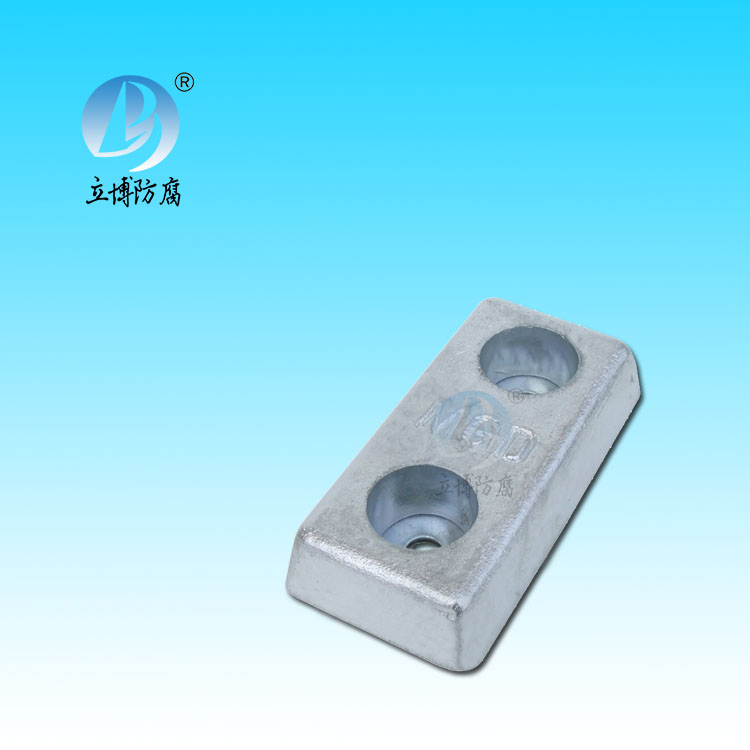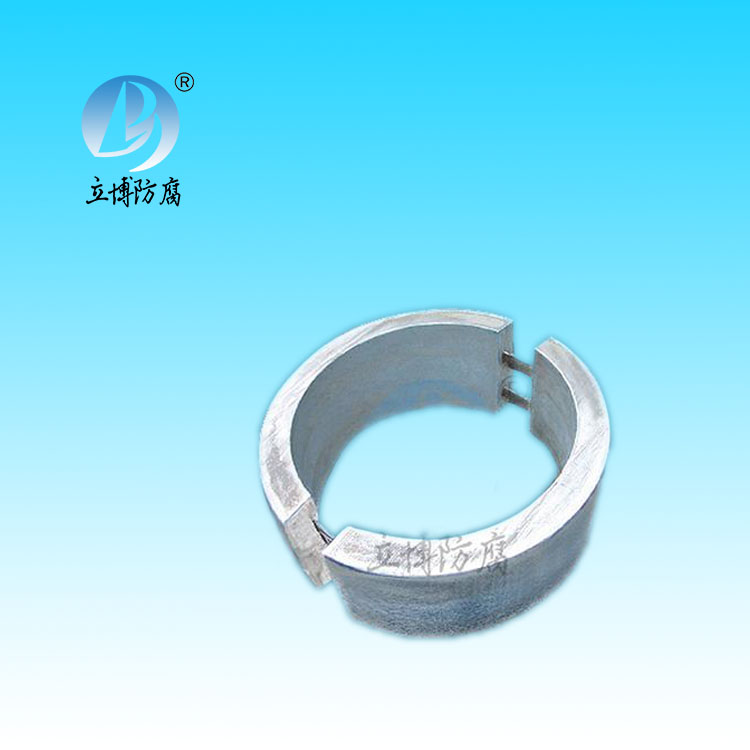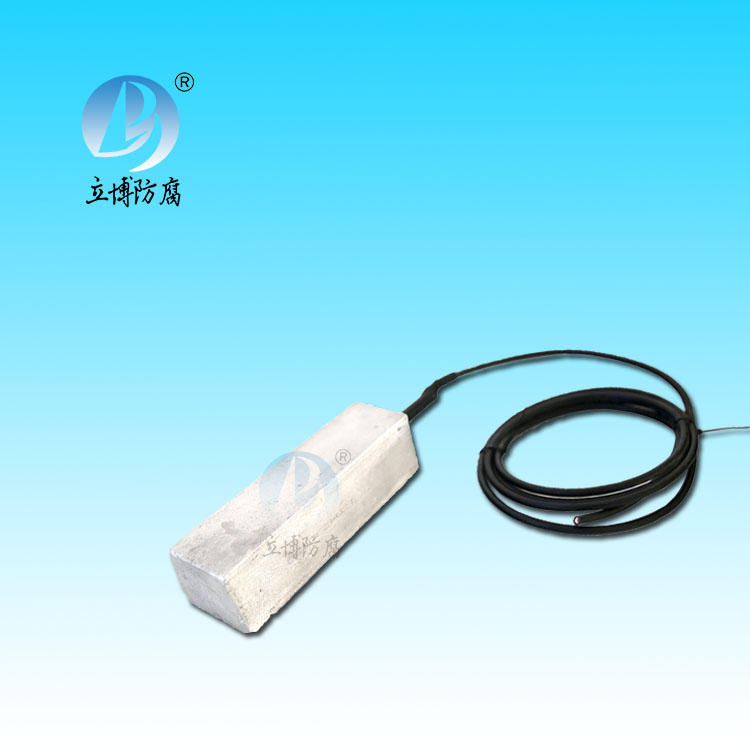News
News
- What is a sacrificial anode
- Basic requirements for reference...
- What does the reference electrode do...
- Why are zinc blocks attached to the ...
- What is the principle of impressed...
- What material does metal structure...
Contact
Phone:18739187123
hotline:0391-7588881
E-mail:970512272@qq.com
Address:Wuzhi County, Jiaozuo City, China
Company News
Anodic oxidation of aluminum film leaching color
- Author:Libo
- Source:wwww.godsgracesalon.com
- Date:2021-06-11
- Click:0
It is also a coloring method that organic dyes are permeated into the micropores of anodized aluminum film. The dye penetrates the micropore by diffusion, but usually stays very near the end of the micropore (the opening of the micropore) rather than at the bottom.
Organic dyes are water - soluble or solvent - based and can produce vivid colors. Unlike other coloring methods, the color produced by organic dyes is actually very large. Gold and black are more widely used for interior products. The light fastness of organic dyes is often poor, and is not suitable for outdoor use, so it is necessary to select the dyes to meet the needs of use in advance.
Inorganic pigments are usually water-soluble and permeate the micropores of anodized aluminium films. Pigments react in micropores to produce colored substances.
A one-step immersion
One of the most widely used one-step impregnations is the dyeing of the inorganic salts ferric oxalate. It produces a range of golden colors and is very light resistant and can be considered for outdoor use. The principle of its coloring is the decomposition of iron oxalate into ferrous oxide and iron oxide, in the form of dispersed fine particles exist in micropores.
B Two step impregnation
More colors can be obtained by using the two-step impregnation method. For example, dip first in a solution of yellow blood salt (potassium ferricyanide) and then in a solution of ferric sulfate, alternating dipping to get a beautiful blue color. The resulting compound is ferric ferricyanide, also known as Berlin blue, which is a stable pigment widely used in ceramic glazes.
Potassium ferricyanide is a stable, non-toxic iron salt that is unlikely to decompose into cyanide under extreme conditions. Zinc ions react to produce insoluble salts in wastewater treatment, which can be easily removed by precipitation.







 客服QQ
客服QQ